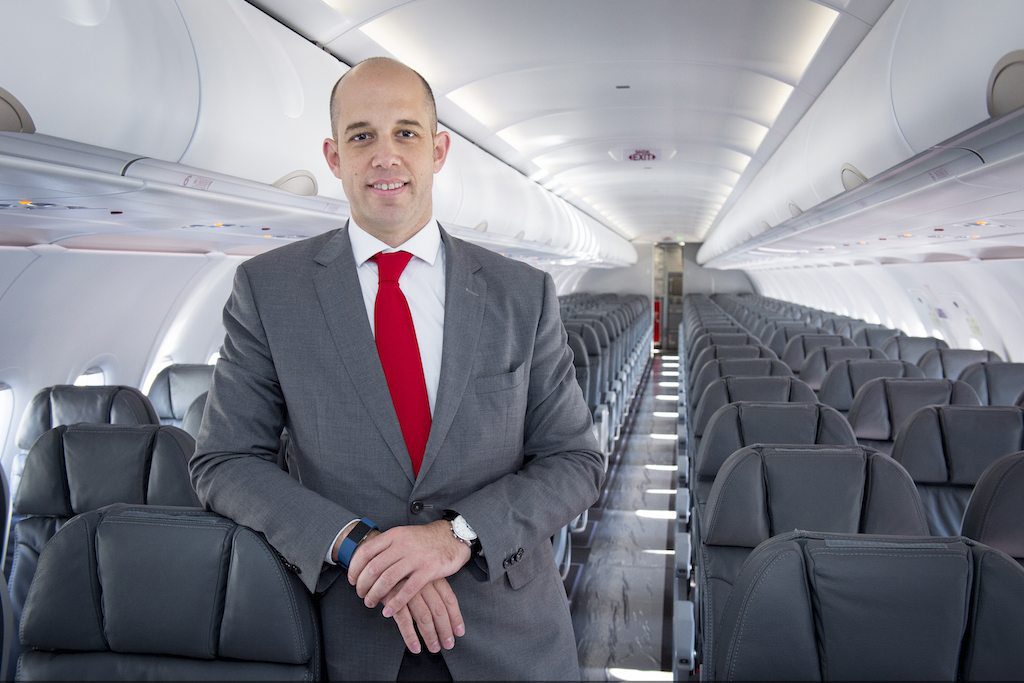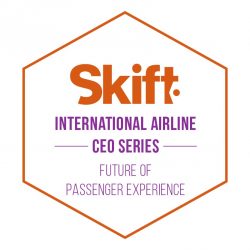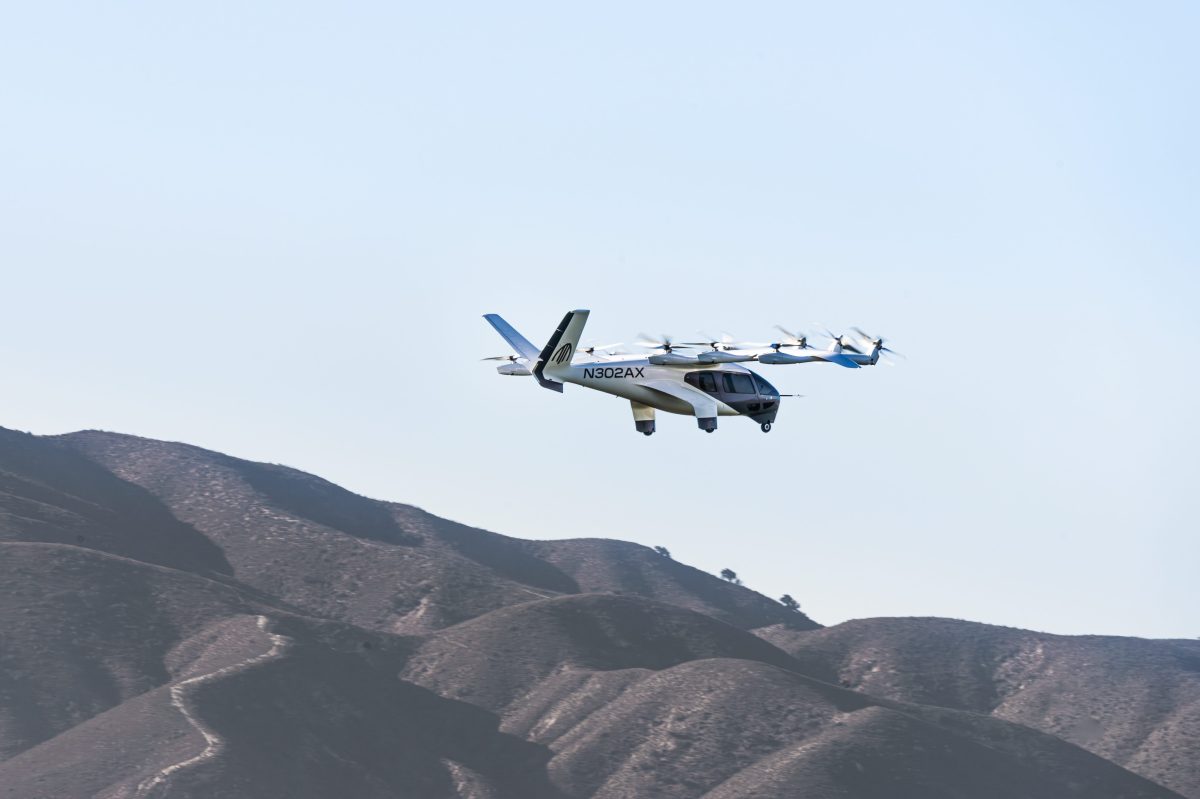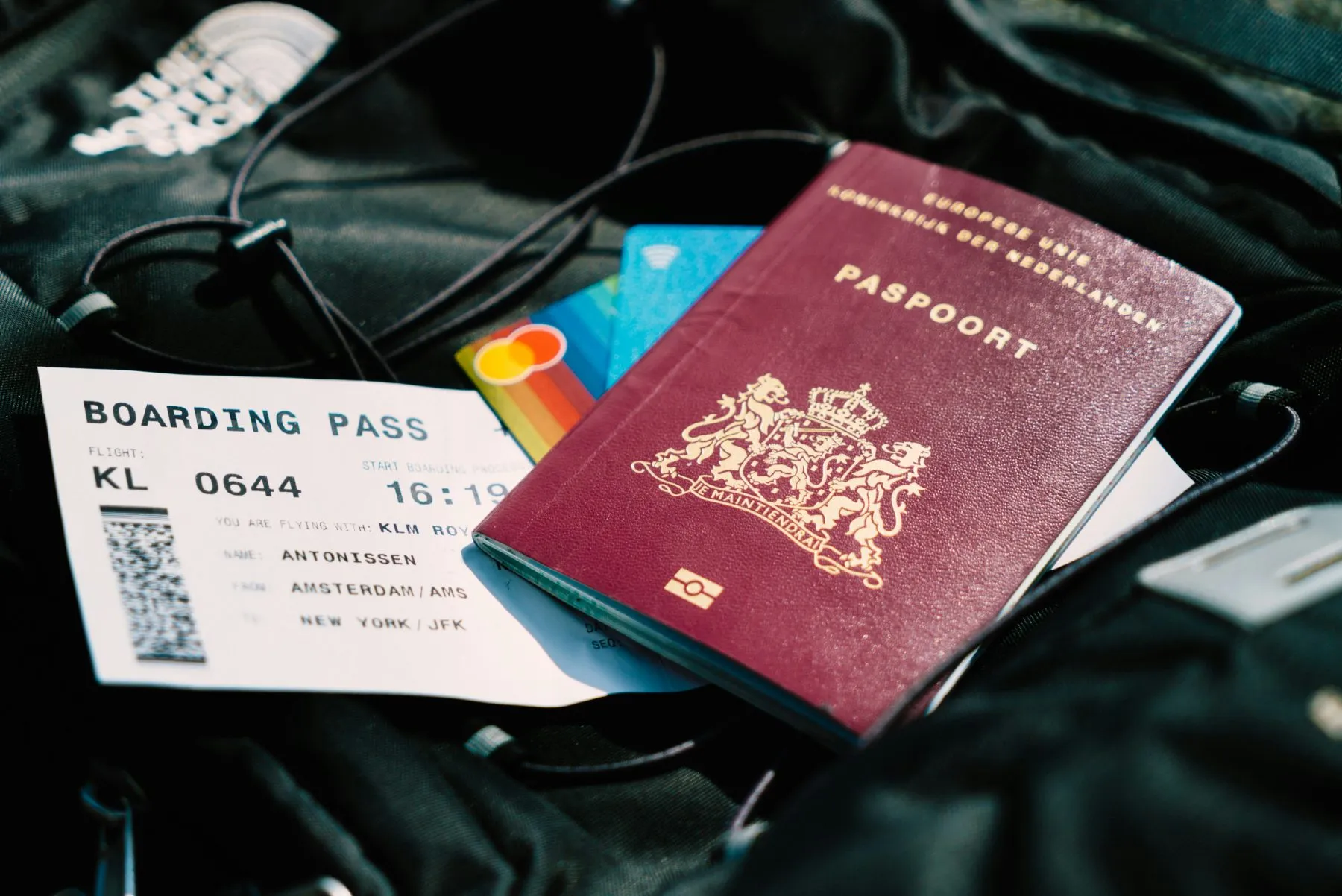Interview: Avianca Brasil CEO Plots Global Expansion

Skift Take

Future of Passenger Experience
To better understand the challenges facing airlines in an age of fluctuating oil prices, rapid growth, and changing passenger expectations, our Future of Passenger Experience series will allow leaders in the industry to explain their best practices and insights.An airline called OceanAir Linhas Aéreas might not sell many tickets in New York and Miami, no matter how low the fares. Travelers tend to avoid the unfamiliar, and they might be jittery about booking a Brazilian airline they don't know.
But consumers have been booking journeys on that airline, even if they don't know it. OceanAir remains the official name of what most travelers know as Avianca Brasil. Until recently, Brazil's fourth-largest carrier had flown almost exclusively domestic routes, but in 2017, it launched new long-haul service to New York and Miami, with more growth planned.
The name Avianca likely sounds familiar to many flyers, but unless they're super travelers, they're probably not thinking about the carrier formerly known as OceanAir. Avianca Brasil's cousin, Avianca — Colombia's flag carrier since 1919 — has the long and storied history, as well as the global network. Avianca Brasil has a much smaller footprint, and didn't start flying until 2002, when it was called OceanAir.
The airlines have separate management and operating certificates, but share a majority owner, a company called Synergy, controlled by Germán Efromovich and his brother José Efromovich. Eventually, Synergy likely will merge the airlines, but it's not clear when.
We spoke recently with Avianca Brasil CEO Frederico Pedreira to learn about more about his airline's expansion plans. We also asked him about the overall Brazil market and discussed the complicated relationship between Avianca Brasil and Avianca Colombia. Pedreira replaced Jose Efromovich as CEO in April 2016.
Note: This interview has been edited for length and clarity.
Skift: Let's start with something basic. What’s the relationship between Avianca Brasil and Avianca Holdings, owner of Avianca Colombia?
Frederico Pedreira: Both companies are controlled by the same shareholder. [The shareholder,] Synergy, owns 100 percent of Avianca Brasil and about 70 percent of Avianca Colombia. We share the same brand, but we basically operate in different markets. The long-term vision of the shareholder is to put everything together and under the same umbrella.
Skift: That means merging the two airlines? When would that happen?
Pedreira: That is the million-dollar question. It's something that even for us is hard to guess. But mid- to long-term, it is something that the shareholder is very committed to. I would say that most likely within the next two years, we hope all the companies are together.
Skift: Avianca Holdings got wrapped up in some major litigation this year involving a fight between Synergy and the second-largest shareholder. The shareholder was upset United Airlines was loaning $800 million to Synergy, as part of a partnership between Avianca and United. Eventually, it was settled, but it made major news. Did this public saga affect Avianca Brasil?
Pedreira: No, not at all. It's something that's between the shareholder, Avianca Holdings, and the other, minority shareholder. And it was something that didn't impact at all in our business, our operations here in Avianca Brasil. And as you said, it's been settled now.
Skift: Your airline had flown also exclusively domestically until this year, when it expanded to Miami and New York from Sao Paulo. Why did you decide to fly long haul?
Pedreira: First of all, we believe that it's a market that has a global potential as large as the domestic market, in the next couple of years. And the second point is that we believe that we have a product that has demand for international travelers.
We've been discussing the subject internally for the last five years, and we originally planned to fly internationally in July 2015. But due to the devaluation of the real at the time, there was a big crisis in the international market, so we decided to postpone. And now we kicked off the operations in May this year.
Skift: Will you expand further abroad? If so, where?
Pedreira: Our business model in Brazil in domestic is to focus on the Brazilian key markets, and focus on premium travelers. That will not change a lot in terms of how we see our international expansion. We will go first for the more obvious markets — markets with more passengers or dense markets — rather than go for smaller markets.
Skift: And what about flying beyond North America?
Pedreira: We have been considering Europe for a couple of years now, and it's something we are currently assessing. For next year, we intend to add routes, and those routes will be most likely either be an additional one from the United States, or a new one for Europe.
However, if we see that there's enough demand in one of the routes that we're already operating in international, we will go for it. We prefer to add additional frequencies on routes that are already operating than to open new destinations.
Skift: Brazil’s economy has had a rough few years. Many airlines slashed international capacity. Is Brazil back?
Pedreira: Tricky question. We feel that the economy is recovering and you've probably read about that and heard about that. The economy is giving signs that it's starting to recover. However, we don't expect a huge change. In 2018 we see a year of transition, where we expect to get back to growth, both on GDP and specifically within our sector, both domestic and international. However we are not expecting some magical numbers in terms of growth.
Skift: We’ve seen international airlines add more capacity into Brazil. If the economy isn’t yet thriving, what do they see? Is demand for long-haul travel improving faster than the economy as a whole?
Pedreira: I believe so, and [this is] also what we've seen. In the past year maybe — or year and a half — we've seen the international markets out of Brazil recovering better than the domestic market. I'm talking within the airline sector.
Skift: During the economic crisis, what was the worst moment for the airline?
Pedreira: The past three years have really been tough on Brazil and particularly on airlines. I would say that most likely the worst year was last year, 2016. However, the demand for air travel between major cities in Brazil, in spite of the crisis, was far more resilient than expected.
It doesn't mean that we didn't suffer, as everybody did. But we were able to still continue to roll even within a crisis in the sector. We are the airline in Brazil that has grown the most for six years in a row, and we are the only airline in Brazil that grew last year, 2016.
Skift: Which airlines do you consider your biggest competitor?
Pedreira: I'll say there are two largest competitors, LATAM and Gol. Those are the key guys.
Skift: And not Azul Airlines?
Pedreira: No, actually there is a very little overlap between ourselves and Azul. To give you an idea, if we look at our networks and all the routes we operate, Azul's market share within the routes we operate is about 3 percent. They are more focused on regional markets, and we are more focused on trunk markets, on key routes.
Skift: Synergy has suggested both Avianca Colombia and Avianca Brasil could benefit from a joint venture with United Airlines. Is that something you're persuing?
Pedreira: Well, it's public. We are in the process of negotiating a joint venture, but these processes are not quick. It's something that we look forward to reach an agreement on, and we are working to have an agreement within the next year, for sure.
Skift: Will it be similar in scope to LATAM’s proposed joint venture with American Airlines?
Pedreira: We're still in discussions so it's really hard now; I cannot comment on that.
Skift: Typically for a joint venture, there must be an Open Skies agreement between the two countries. Brazil and the United States don’t have one, though reports indicate Brazil may ratify Open Skies next year. Is it imminent?
Pedreira: Open Skies with the United States will happen. I just don't know and can't tell you that it's going to be immediately or or not. I don't have right now enough information.
In Brazil, it's hard to tell you something is going to happen very fast because very frankly, I don't know.
Skift: Are you sure Open Skies will be beneficial for Avianca Brasil? Sometimes airlines thrive in protected markets.
Pedreira: Of course. But I think there are two things that have to move together. One is Open Skies, and the other thing is to level the rules of the game between Brazilian airlines and the international airlines, in particular U.S. airlines.
Today we play under rules that are slightly different, and regulations that are slightly different. We fully support Open Skies as long as the rules and the regulations within Brazil for airlines get closer to international standards.
Skift: Can you share an example of an issue where rules are different?
Pedreira: Yes. Here in Brazil, if you have bad weather at an airport, and the airport is closed for a storm, or if the airport is closed due to its own airport infrastructural reasons, the airline is liable. Imagine, I have a plane that is about to leave with 200 passengers, and there's a storm in the airport, and I have to cancel the flight the next day. I'm fully responsible not only for food but transport and hotel accommodations for all the passengers. It doesn't matter if it's because it's raining, if there was an earthquake, or there are no lights in the airport.
We do not want to escape our responsibilities, and we should be liable fo everything that is related and can be controlled by the airline. But in cases like weather or airport infrastructure problems, we've been fighting to not be liable. That only increases our costs as a whole and impacts our competitiveness.
Skift: And when a U.S. airline is departing from Sao Paulo, and has the same weather problem, it doesn't have to pay compensation?
Pedreira: It depends on where the ticket is bought. But we are always liable — both for domestic and international. As for international flights, it depends where the ticket is bought.
Skift: The CEO of Avianca Holdings has said he expects someday there will only be two global airlines in Latin America, LATAM and Avianca. Do you agree? More broadly, do you expect to see more consolidation?
Pedreira: I think that there is space in the market for further consolidation. But will there be only two airlines in Latin America? No, I don't believe so. I think that there will be other relevant players within the region.
Skift: Do you consider Brazil a mature air market? Or when the economy improves, is there room for major growth?
Pedreira: I believe that there's a lot of potential for growth in Brazil. For many reasons. I think the two most important ones have to do with the geography of the country and the lack of infrastructure. In a lot of cities in Brazil, if you want to travel, you have no other option than air travel. Looking forward, air travel will be the means of transport in Brazil.
And the second point is that penetration of air travel in Brazil is still very low, and still very concentrated in certain types of classes. There's now some penetration in lower-income classes, but it's still very concentrated in middle- to high-income.




